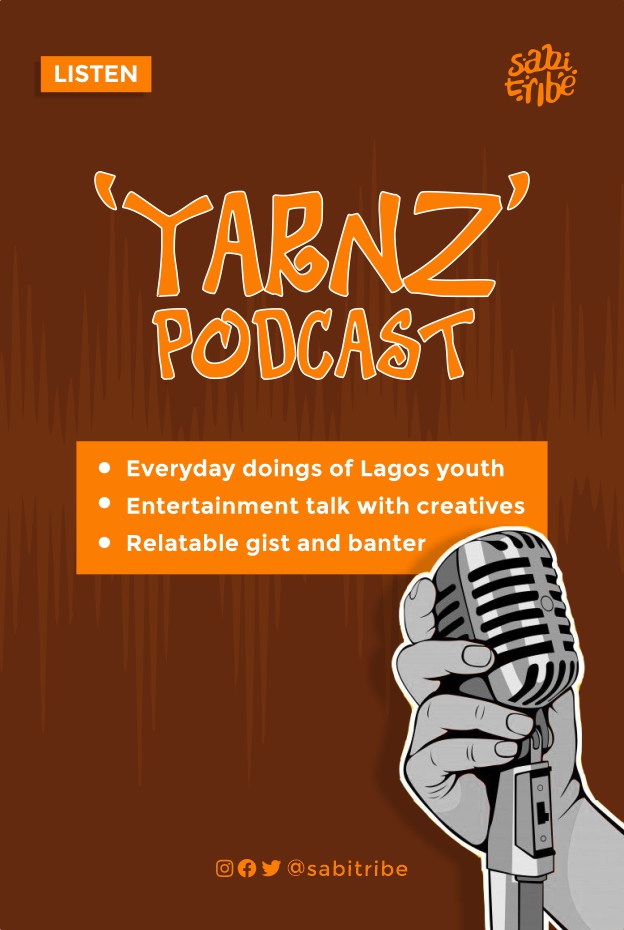What is the Metaverse?
If you’re interested in technology, you’ve undoubtedly heard of the term of the moment—”metaverse.” The buzz around this term peaked last year, when Facebook announced that it was rebranding its portfolio of firms as “Meta” in order to match its businesses with its goal of building the metaverse.
What is the Metaverse, and how does it work?
The metaverse doesn’t exist yet, at least not in its current form. As of right now, there isn’t anything that could be considered as a metaverse. The tale of how telecom pioneer Craig McCaw first heard about the internet may be a valuable metaphor for understanding its maturity—with a hat-tip to technology analyst Benedict Evans for the reference.
Apple CEO Steve Jobs is said to have spoken about the implications of a worldwide spread network of networked computers on communications, business and information.

The Metaverse as the next big thing in computing
The internet, according to technologists, will ultimately grow into the metaverse, which will become the next major computer platform. If realized, the notion has the potential to alter society and industry in the same way that the mobile phone did.
Millions of people use the internet today to access information and services, interact and socialize with one another, sell items and enjoy themselves. This value proposition is expected to be replicated in the metaverse, with the primary difference being that the boundary between being offline and online will be considerably more difficult to discern.
This might take numerous forms, but many experts predict that “extended reality” (XR), which combines augmented, virtual, and mixed reality, will play a key role. The premise that virtual worlds that are accessible and interactive in real time will become the transformative medium for social and corporate engagement is central to the metaverse concept. These settings will require broad acceptance of extended reality if they are to become feasible.
Until now, virtual reality (VR) has been confined to a small number of video games and a few specialized business uses. However, as games become more social platforms, the potential of their traits—discoverable and continuous virtual worlds, vehicles for open and creative expression, and conduits for pop culture—to be adapted to other contexts grows.

Linking digital assets to real-world economic activity in the metaverse
The metaverse is anticipated to have a close relationship with the real-world economy, eventually becoming an extension of it. To put it another way, the metaverse must allow businesses and individuals to engage in economic activity in the same manner they do now. Simply said, this entails the ability to create, trade, and invest in goods, services, and products.
To some extent, this may rely on non-fungible tokens (NFTs) as the foundation for value generation. A non-transferable token (NFT) is a claim of ownership for a single, non-transferable digital asset maintained on a blockchain.
If NFTs become a widely used method for trading such products, they may speed up the adoption of XR ecosystems as locations where individuals can merge aspects of the digital economy with their offline lives.

This technique can be compared to how the App Store drove businesses to digitize their processes so that customers could enjoy (and pay for) their goods and services from anywhere. This validated the premise that retail and the internet don’t have to be mutually exclusive, opening the door to a slew of previously unthinkable use cases.
Without the App Store, it’s possible that Peloton, a firm that makes training equipment and video-streamed fitness courses, would not exist. Unless there is a widely established medium for digital customer experiences, a service that is primarily based on physical activity would have a weak economic case for going online.
Transformations like this occur at an accelerated rate and on a global scale in a successful metaverse vision.
The metaverse’s characteristics and potential challenges
Even though all of this explains the metaverse’s roots, it can’t predict exactly how it will appear. Indeed, the metaverse is still in its conceptual stages.
Of course, there are concerns about what the metaverse will mean for privacy, whether it will be inclusive, and how to minimize potentially dangerous materials and surroundings.
Because the metaverse is still in its early stages of development, there is still time to design these qualities in. Many of the world’s major technological corporations are investing in the creation of the metaverse because it appears to be a promising concept. It is possible that if it is successful, it will change consumer and business behavior.

#GeekWorld is a segment for nerdy discussions and regular tech updates. This edition focuses on explaining what Metaverse is in layman terms.




